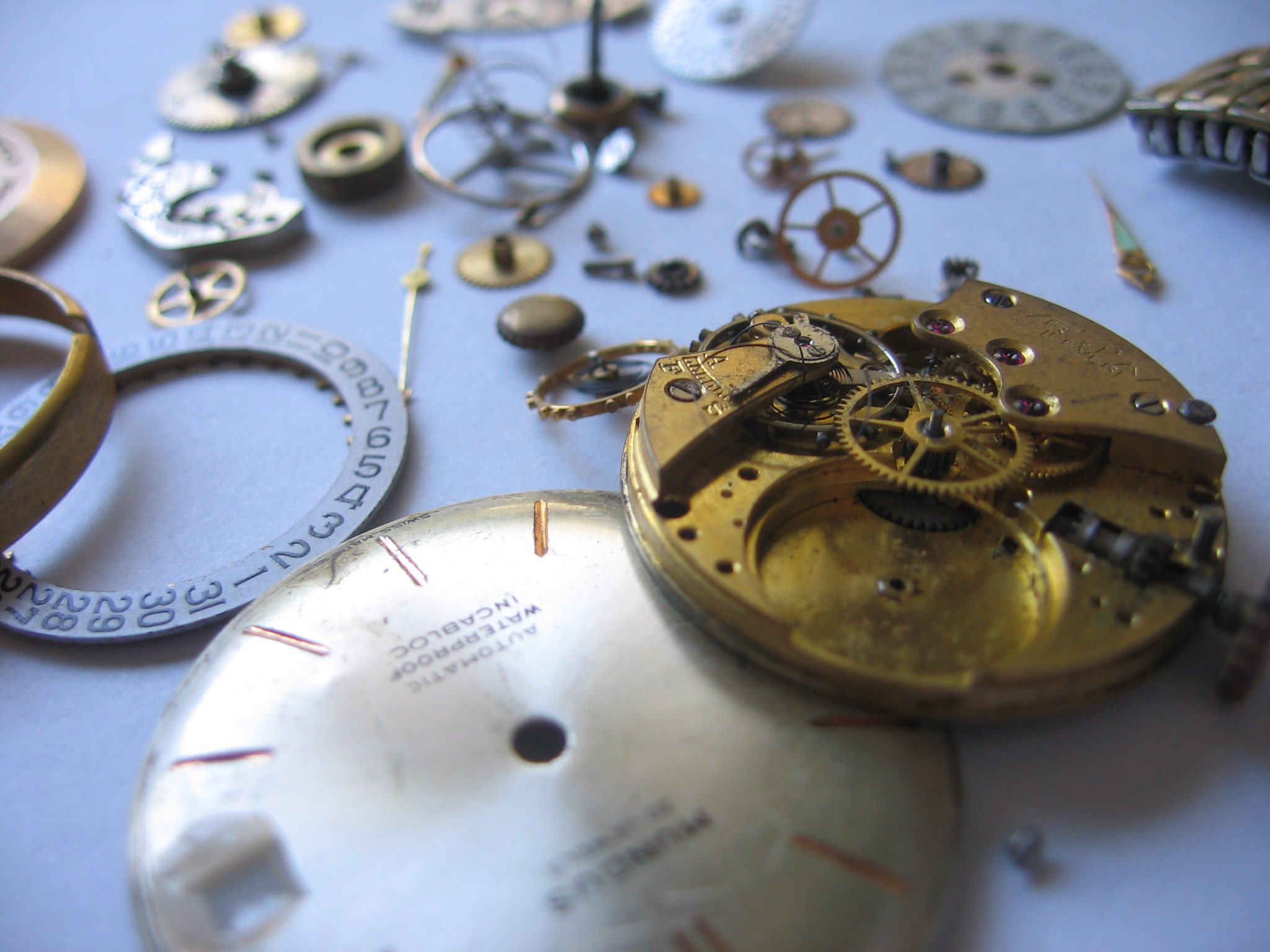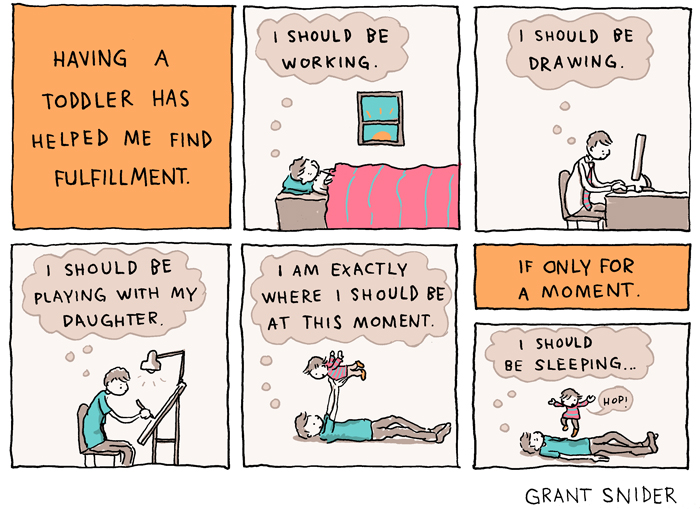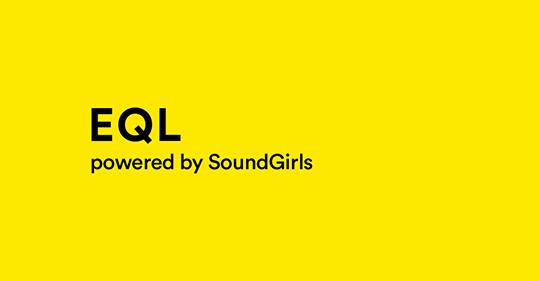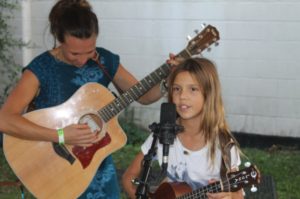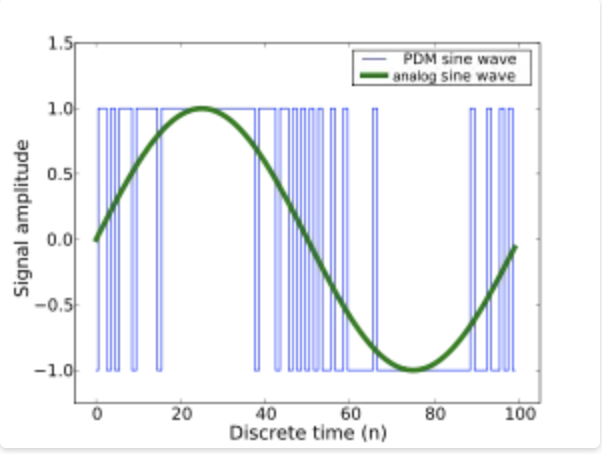Generalmente, un conversor analógico-digital es un dispositivo electrónico que convierte una entrada analógica de voltaje a un número digital. La salida digital puede usar diferentes esquemas de codificación, como binario, aunque algunos dispositivos no eléctricos o parcialmente eléctricos pueden ser considerados como conversores analógicos-digitales.
La resolución de un conversor indica el número de valores discretos que este puede producir sobre un rango de valores de voltaje. Generalmente es expresado en bits.
Por ejemplo, un conversor que codifica una entrada analógica de 1 a 256 valores discretos (0..255) tiene una resolución de 8 bits: o sea, 2 elevado a 8. La resolución puede también ser definida eléctricamente y expresarse en volts.
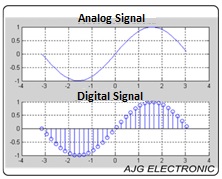
SISTEMA ANALOGICO Y SISTEMA DIGITAL.
Los circuitos electrónicos se pueden dividir en dos amplias categorías: digitales y analógicos. La electrónica digital utiliza magnitudes con valores discretos, mientras que la electrónica analógica emplea magnitudes con valores continuos.
Un sistema digital es cualquier dispositivo destinado a la generación, transmisión, procesamiento o almacenamiento de señales digitales. Así, el sistema digital, es una combinación de dispositivos diseñado para manipular cantidades físicas o información que estén representadas en forma digital; es decir, que sólo puedan tomar valores discretos.
Para la implementación de los circuitos digitales, se utilizan puertas lógicas (AND, OR y NOT) y transistores. Estas puertas siguen el comportamiento de algunas funciones.
Un sistema es analógico cuando las magnitudes de la señal se representan mediante variables continuas, esto es análogas a las magnitudes que dan lugar a la generación de esta señal. Un sistema analógico contiene dispositivos que manipulan cantidades físicas representadas en forma analógica. En un sistema de este tipo, las cantidades varían sobre un intervalo continuo de valores.
Así, una magnitud analógica es aquella que toma valores continuos. Una magnitud digital es aquella que toma un conjunto de valores discretos.
Una señal analógica es un voltaje o corriente que varía suave y continuamente. Una onda senoidal es una señal analógica de una sola frecuencia. Los voltajes de la voz y del video son señales analógicas que varían de acuerdo con el sonido o variaciones de la luz que corresponden a la información que se está transmitiendo.
Las señales digitales, en contraste con las señales analógicas, no varían en forma continua, sino que cambian en pasos o en incrementos discretos.
Ventajas de los Circuitos Digitales
- Reproducibilidad de resultados – Constancia
- Facilidad de diseño –
- Flexibilidad y funcionalidad
- Programabilidad
- Velocidad
- Economía
- Avance tecnológico constante
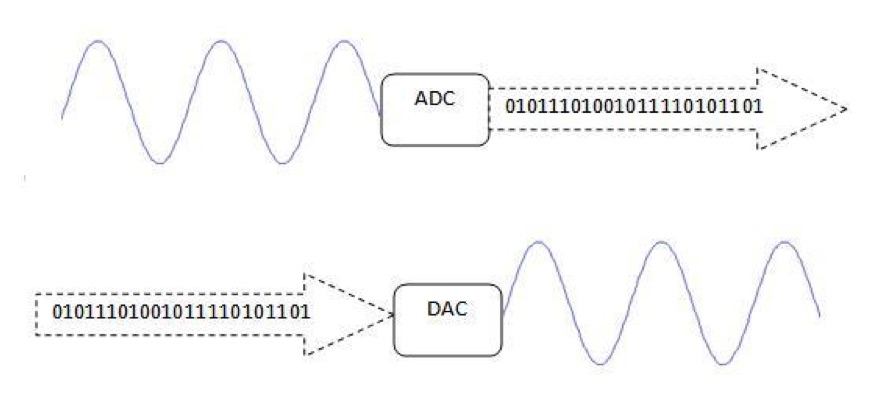
El método de procesado digital de señales también posibilita la implementación de algoritmos de procesado de señal más sofisticados. Generalmente es muy difícil realizar operaciones matemáticas precisas sobre señales en formato analógico, pero esas mismas operaciones pueden efectuarse de modo rutinario sobre un ordenador digital utilizando software.
El conversor ADC (Analog-to-Digital Converter – Conversor Analógico Digital) tiene que efectuar los siguientes procesos:
1.- Muestreo de la señal analógica.
2.- Cuantización de la propia señal
3.- Codificación del resultado de la cuantización, en código binario.

- Muestreo de una señal analógica-
La representación gráfica de medio ciclo positivo (+) , correspondiente a una señal eléctrica analógica de sonido, con sus correspondientes armónicos. Como se podrá observar, los valores de variación de la tensión o voltaje en esta sinusoide pueden variar en una escala.
Para convertir una señal analógica en digital, el primer paso consiste en realizar un muestreo (sampling) de ésta, o lo que es igual, tomar diferentes muestras de tensiones o voltajes en diferentes puntos de la onda senoidal. La frecuencia a la que se realiza el muestreo se denomina razón, tasa o también frecuencia de muestreo y se mide en kilohertz (kHz). En el caso de una grabación digital de audio, a mayor cantidad de muestras tomadas, mayor calidad y fidelidad tendrá la señal digital resultante.

Durante el proceso de muestreo se asignan valores numéricos equivalentes a la tensión o voltaje existente en diferentes puntos de la sinusoide, con la finalidad de realizar a continuación el proceso de cuantización.
Las tasas o frecuencias de muestreo más utilizadas para audio digital son las siguientes:
- 24 000 muestras por segundo (24 kHz)
- 30 000 muestras por segundo (30 kHz)
- 44 100 muestras por segundo (44,1 kHz) (Calidad de CD)
- 48 000 muestras por segundo (48 kHz)
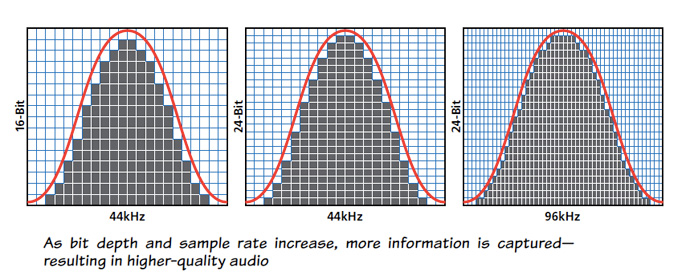
Para realizar el muestreo (sampling) de una señal eléctrica analógica y convertirla después en digital, el primer paso consiste en tomar valores discretos de tensión o voltaje a intervalos regulares en diferentes puntos de la onda senoidal.
Por tanto, una señal cuyo muestreo se realice a 24 kHz, tendrá menos calidad y fidelidad que otra realizada a 48 kHz. Sin embargo, mientras mayor sea el número de muestras tomadas, mayor será también el ancho de banda necesario para transmitir una señal digital, requiriendo también un espacio mucho mayor para almacenarla.
- Cuantización de la señal analógica
La cuantización representa el componente de muestreo de las variaciones de valores de tensiones o voltajes tomados en diferentes puntos de la onda sinusoidal, que permite medirlos y asignarles sus correspondientes valores en el sistema numérico decimal, antes de convertir esos valores en sistema numérico binario.
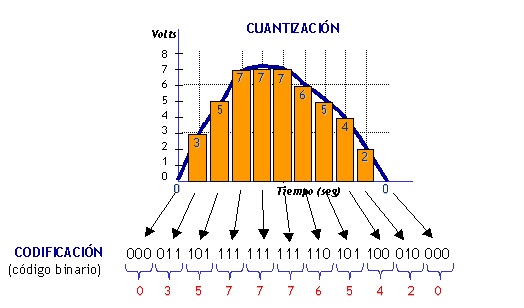
- Codificación de la señal en código binario
Después de realizada la cuantización, los valores de las tomas de voltajes se representan numéricamente por medio de códigos y estándares previamente establecidos. Lo más común es codificar la señal digital en código numérico binario.

Un ejemplo de sistema electrónico analógico es el altavoz, que se emplea para amplificar el sonido de forma que éste sea oído por una gran audiencia. Las ondas de sonido que son analógicas en su origen, son capturadas por un micrófono y convertidas en una pequeña variación analógica de tensión denominada señal de audio. Esta tensión varía de manera continua a medida que cambia el volumen y la frecuencia del sonido y se aplica a la entrada de un amplificador lineal.
La salida del amplificador, que es la tensión de entrada amplificada, se introduce en el altavoz. Éste convierte, de nuevo, la señal de audio amplificada en ondas sonoras con un volumen mucho mayor que el sonido original captado por el micrófono.
Existen sistemas que utilizan métodos digitales y analógicos, uno de ellos es el reproductor de disco compacto (CD). La música en forma digital se almacena en el CD. Un sistema óptico de diodos láser lee los datos digitales del disco cuando éste gira y los transfiere al convertidor digital-analógico (DAC, digital-to-analog converter). El DAC transforma los datos digitales en una señal analógica que es la reproducción eléctrica de la música original. Esta señal se amplifica y se envía al altavoz. Cuando la música se grabó en el CD se utilizó un proceso que, esencialmente, era el inverso al descrito, y que utiliza un convertidor analógico digital (ADC, analog-to-digital converter).

